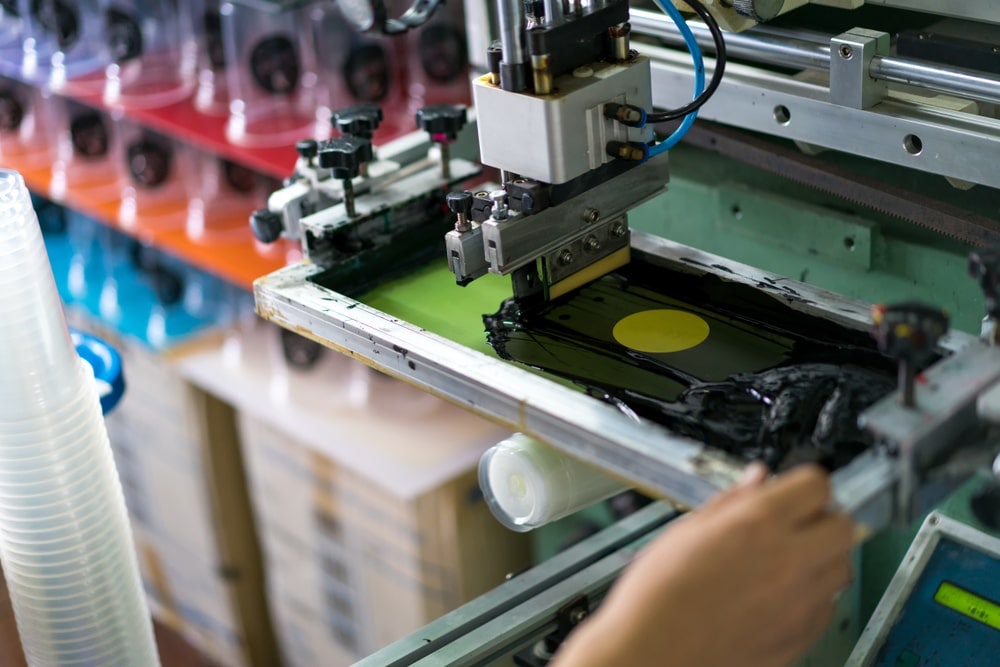
In recent years, 3D printing technology has revolutionized various industries, enabling the creation of complex and customized objects. One crucial aspect of 3D printing is the cost of the printing material, particularly plastic. In this blog post, we will delve into the factors that influence the cost of 3D printing plastic and explore effective strategies to optimize these costs. Whether you are a hobbyist, entrepreneur, or industry professional, understanding the economics of 3D printing plastic is essential for maximizing efficiency and minimizing expenses.
- Material Selection:
The type of plastic filament used in 3D printing plays a significant role in determining the cost. Different materials, such as PLA (Polylactic Acid), ABS (Acrylonitrile Butadiene Styrene), and PETG (Polyethylene Terephthalate Glycol), vary in price due to their unique properties and availability. Conduct thorough research to identify the most suitable material for your specific project while considering the cost implications. - Filament Quality and Brand:
The quality and brand of the filament can significantly impact the cost of 3D printing plastic. Premium filaments from reputable manufacturers often come with a higher price tag but offer superior print quality, consistency, and durability. While budget-friendly options exist, it is crucial to strike a balance between cost and quality to avoid compromising the final output. - Filament Diameter and Spool Size:
The diameter of the filament and the size of the spool can affect the cost of 3D printing plastic. Common filament diameters include 1.75mm and 2.85mm, with variations in price between them. Additionally, larger spools may offer cost savings in the long run as they reduce the frequency of filament replacement, especially for large-scale or continuous printing projects. - Supplier and Bulk Purchasing:
Choosing the right supplier is essential for obtaining competitive prices for 3D printing plastic. Compare prices from various suppliers, both online and offline, and consider purchasing in bulk to negotiate better deals. Establishing a long-term relationship with a reliable supplier can also lead to discounts and exclusive offers, further reducing costs. - Recycling and Filament Reuse:
In an era of sustainability, recycling and reusing plastic filament can significantly impact the cost of 3D printing. Some manufacturers offer recycled filaments at lower prices, providing an eco-friendly alternative. Additionally, exploring filament recycling techniques or investing in filament extruders allows you to repurpose failed prints or unused filament, minimizing waste and lowering expenses. - Print Optimization Techniques:
Optimizing your 3D prints can help reduce material consumption and, consequently, the cost of 3D printing plastic. Employing techniques such as hollowing models, adjusting infill density, and optimizing support structures can significantly decrease material usage without compromising structural integrity. Utilizing slicing software with advanced settings enables precise control over print parameters, resulting in cost savings.
Conclusion:
Understanding the cost factors associated with 3D printing plastic empowers individuals and businesses to make informed decisions and optimize their printing processes. By considering material selection, filament quality, supplier options, and implementing print optimization techniques, one can strike a balance between cost-effectiveness and high-quality output. Embracing sustainable practices and staying updated with the latest advancements in 3D printing technology will further enhance cost efficiency in the long run. So, go ahead, unleash your creativity, and explore the limitless possibilities of 3D printing while keeping costs under control.
